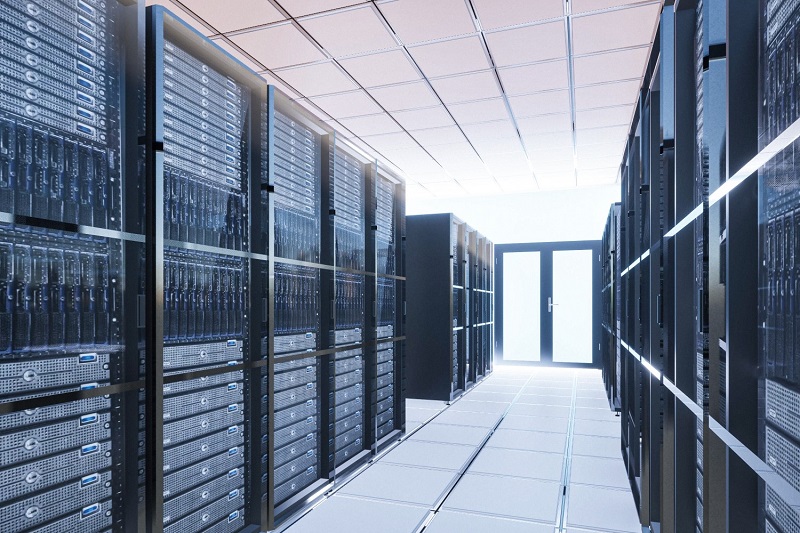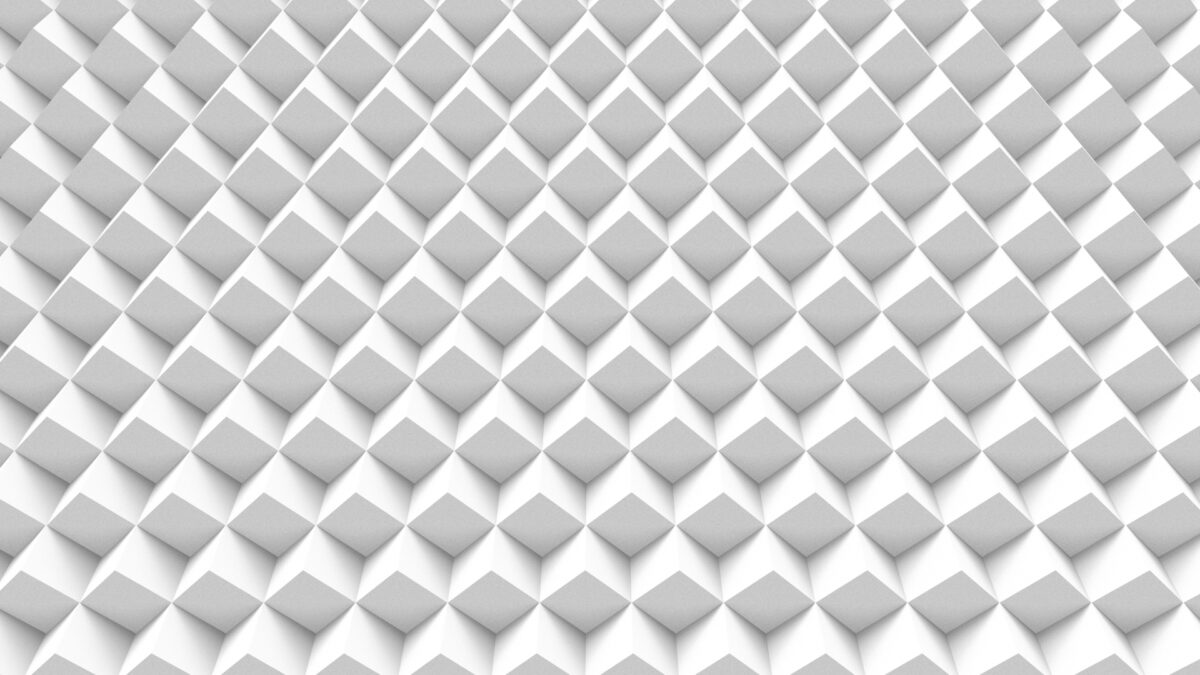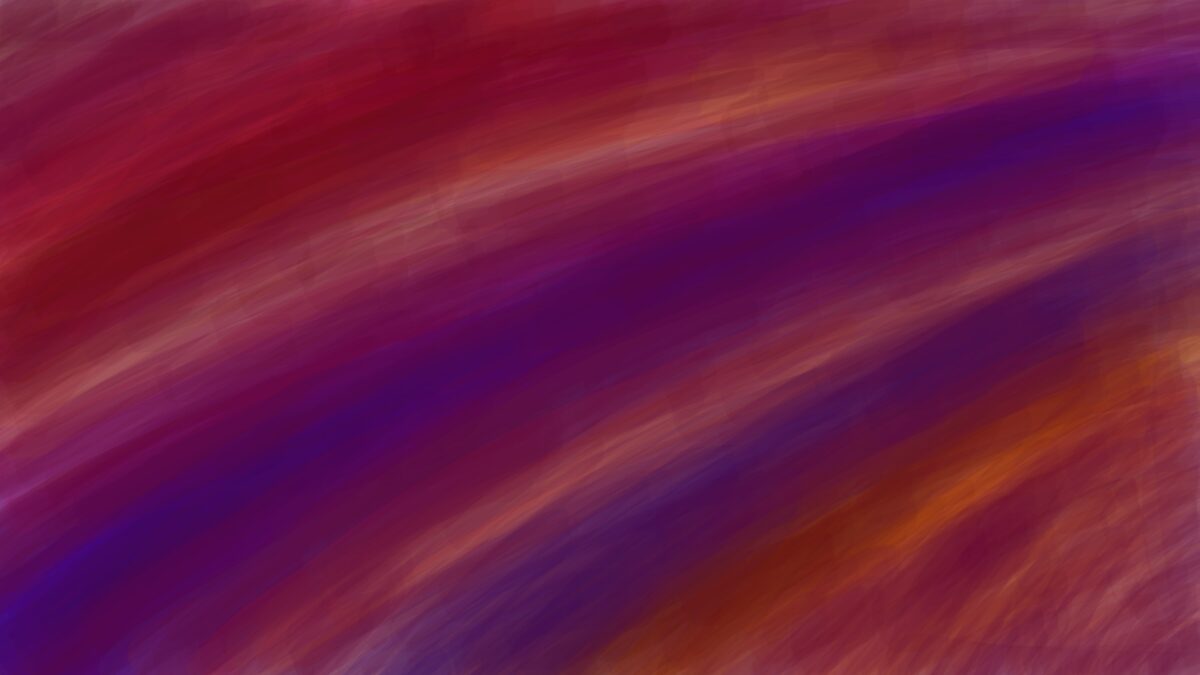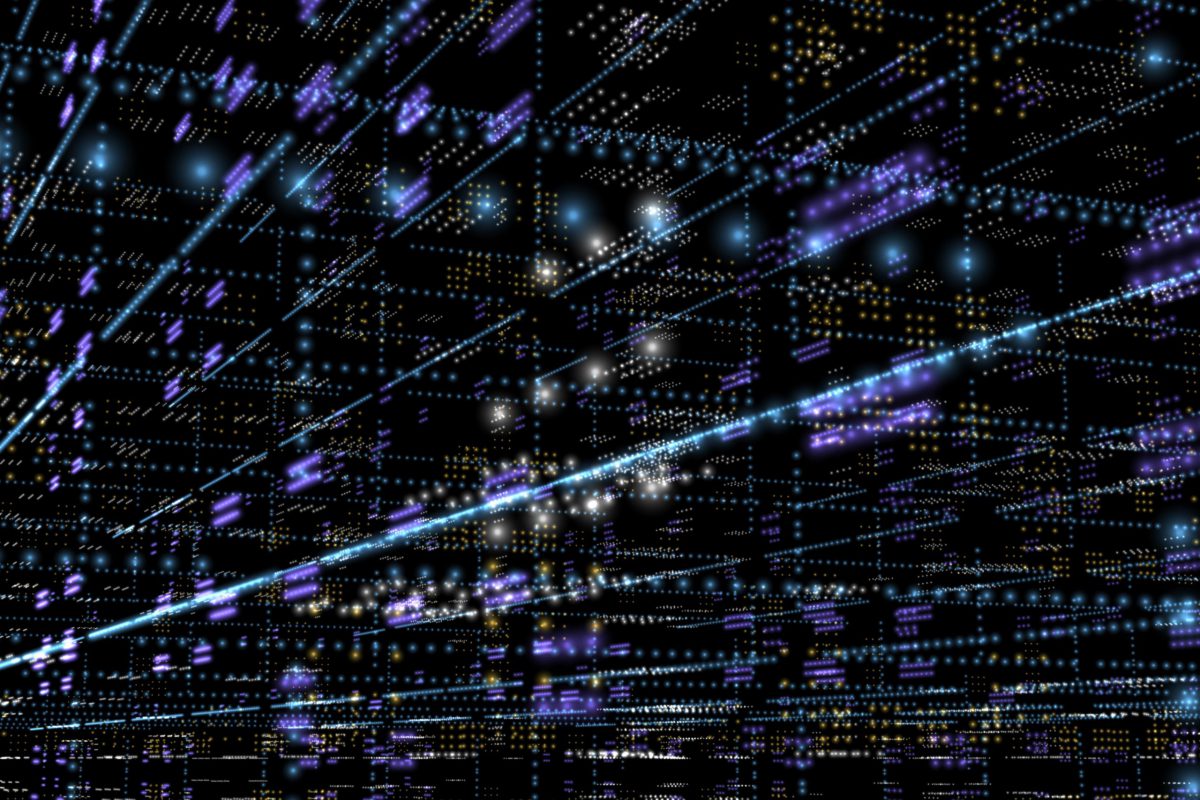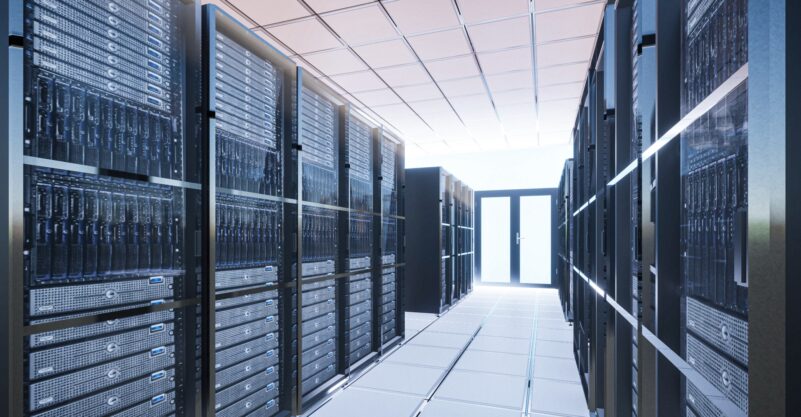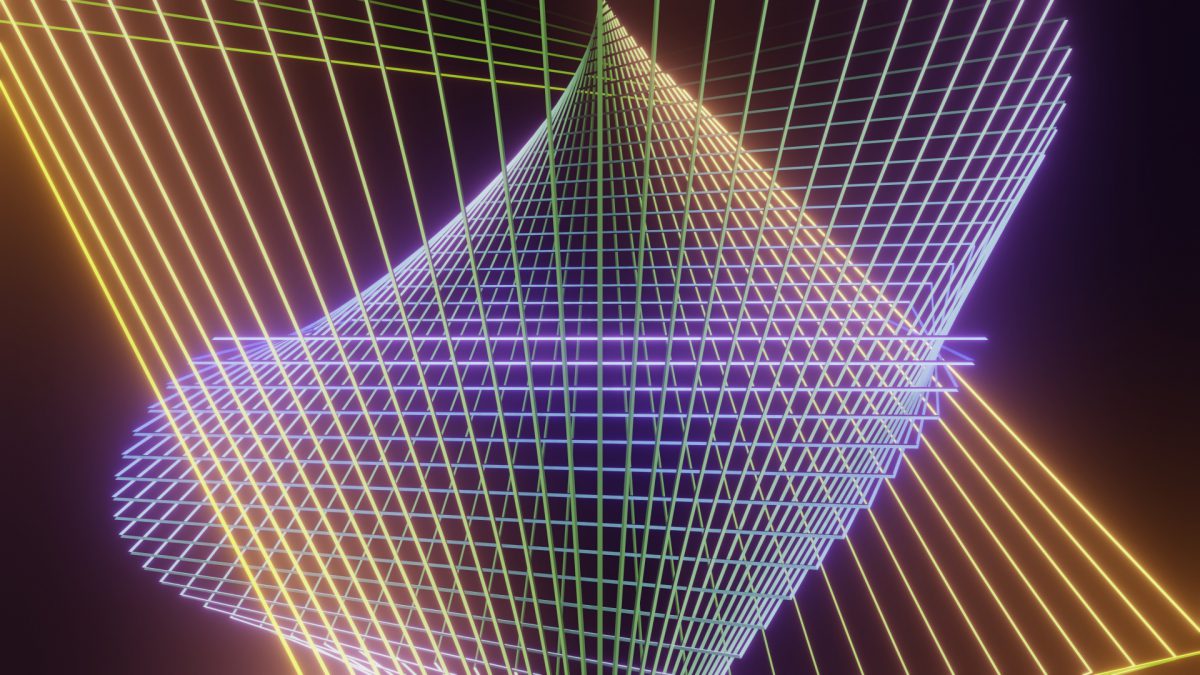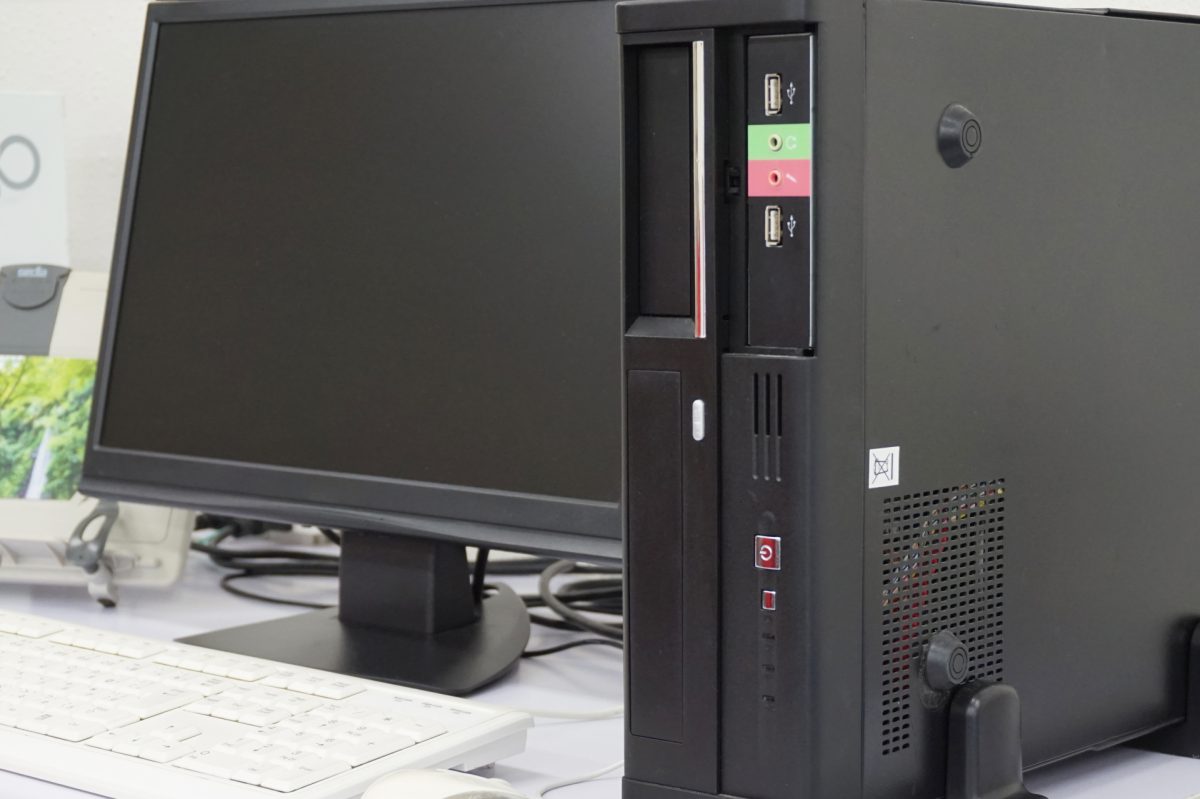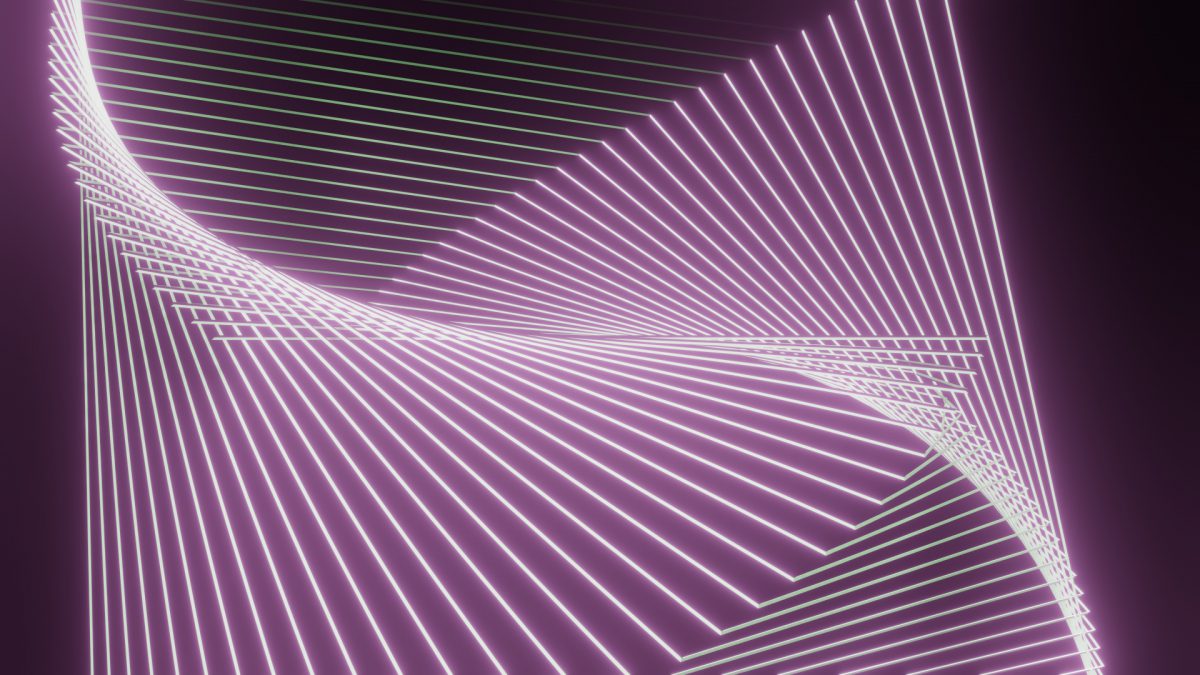In today’s world, creating high-quality visuals requires immense computing power, whether for movies, video games, or architectural designs. These projects often involve intricate details, complex 3D scenes, and incredible effects, demanding more processing capabilities than most individual workstations can provide. That is where cloud rendering revolutionizes the process. Cloud rendering services have become an essential …
